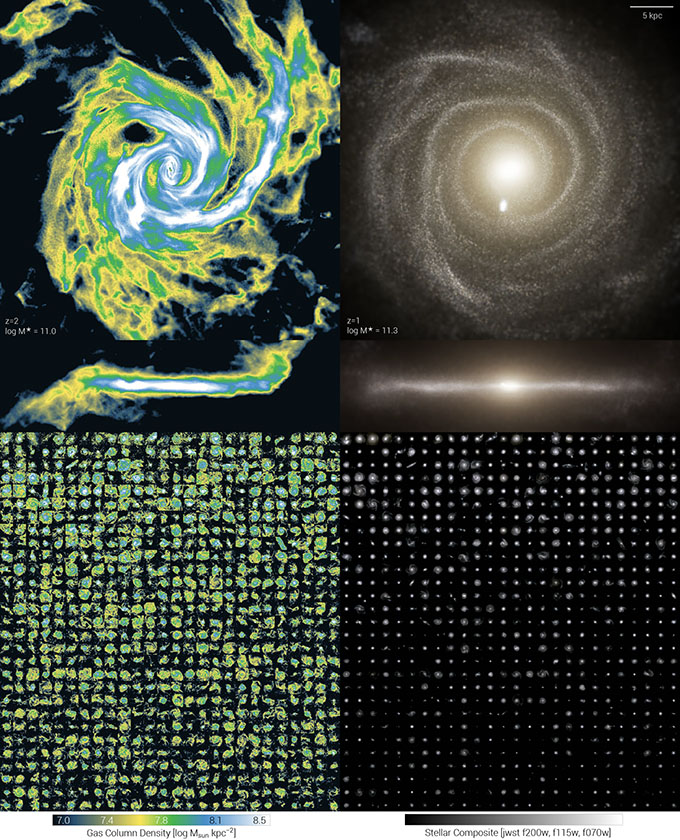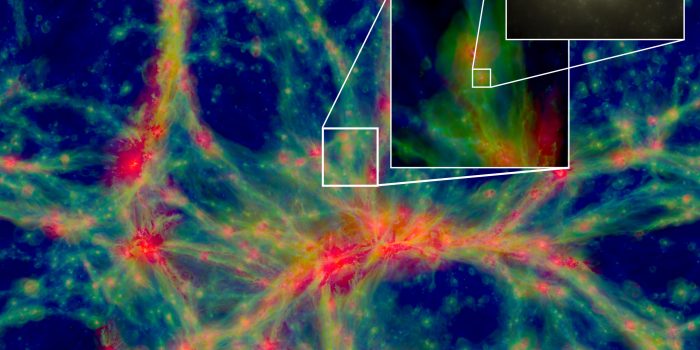The birth of galaxies is a complex dance between matter and energy that takes place on a cosmic scale and lasts billions of years. One of the most challenging unanswered questions in cosmology is how the range of organized and dynamic galaxies we see today evolved from the blazing chaos of the Big Bang.
A multinational team of scientists has constructed the most detailed large-scale model of the universe to yet, dubbed TNG50, in quest of answers. Their virtual universe, which spans 230 million light-years and comprises tens of thousands of developing galaxies with levels of detail previously only observed in single-galaxy models, is 230 million light-years wide, Reported LiveScience.
Over a 13.8-billion-year span, the simulation tracked more than 20 billion particles representing dark matter, gases, stars, and supermassive black holes.

The researchers were able to acquire vital insights into the past of our own universe thanks to the unparalleled resolution and scale, demonstrating how numerous weirdly-shaped galaxies changed into existence and how star explosions and black holes sparked this galactic evolution. Their findings will be published in two publications in the journal Monthly Notices of the Royal Astronomical Society in December 2019.
The simulation took more than a year and utilized 16,000 processing cores on the Hazel Hen supercomputer in Stuttgart, Germany. The same calculation would take 15,000 years on a single processor system.
The researchers believe their investment in one of the most computationally intensive astrophysical simulations in history has paid off. This emergent phenomenon could be crucial to understanding why our universe looks the way it does 13.8 billion years after the Big Bang. TNG50 allowed scientists to witness firsthand how galaxies may have formed from the tumultuous gas clouds that existed shortly after the universe was created. They discovered that the disk-shaped galaxies that make up our cosmic neighborhood appeared spontaneously in their simulation and formed internal structures such as spiral arms, bulges, and bars radiating from their central supermassive black holes. They discovered that their population of galaxies was qualitatively consistent with reality when they compared their computer-generated universe to real-life observations.
Despite these first discoveries, the team has a long way to go in analyzing their model. They also intend to make all of the simulation’s data freely available for astronomers all across the world to study.


